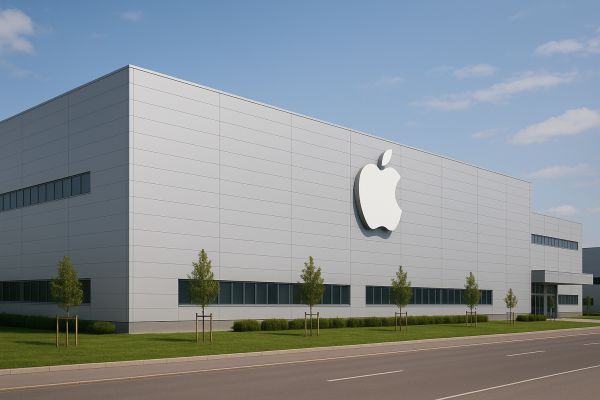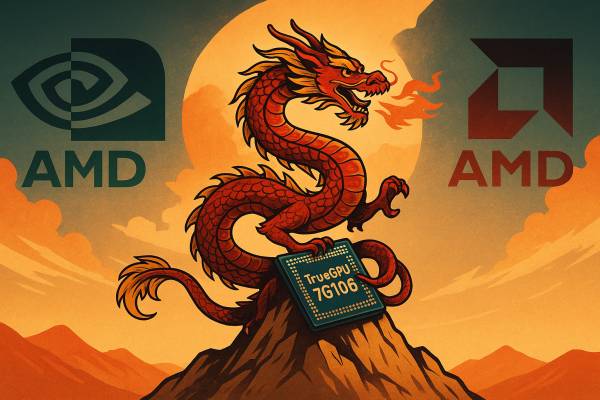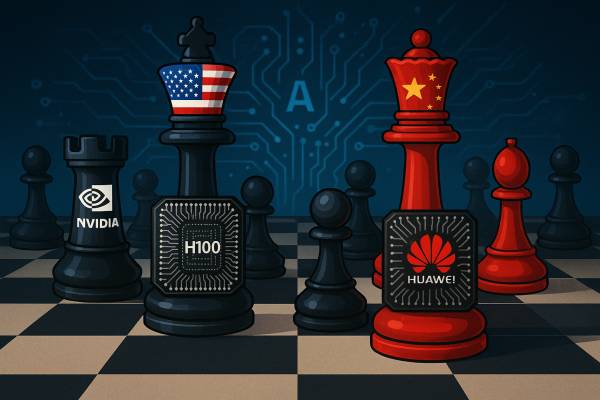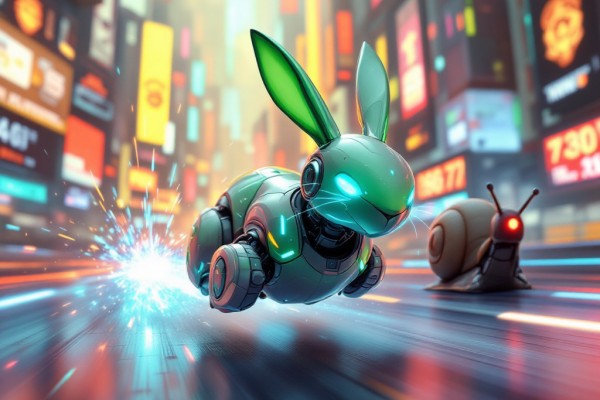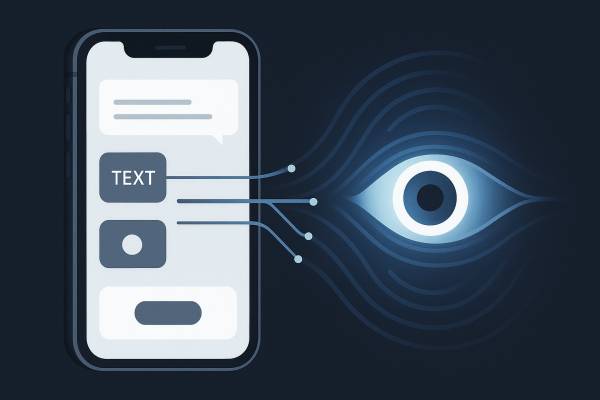Apple has officially joined the Chinese government's consumer electronics subsidy programme to boost domestic consumption, reports the South China Morning Post. The move can be seen as both a market adaptation and a strategic attempt by the US technology giant to strengthen its position in an increasingly competitive environment. Under the programme, shoppers in the Chinese cities of Beijing and Shanghai can now get direct discounts on certain Apple products.
Under the scheme, iPhones, iPads and Apple Watches priced below 6,000 yuan can be purchased for up to 500 yuan, while some MacBooks can be purchased for up to 2,000 yuan. The discounts are only valid below a certain threshold, so premium models, which are typically higher priced, are still outside the scope of the scheme. The way to buy also varies from city to city: in Beijing, the support is available at the online Apple Store, while in Shanghai it is only available at physical Apple stores.
Although Apple products have already been included in the support scheme through certain e-commerce platforms in China, this is the first time the company has joined the official programme through its own sales channels. This decision suggests that the company is no longer relying solely on its brand name and technological advantages to establish a presence in China, but is also ready to respond to pressure from local competitors such as Huawei and Xiaomi, who have been able to leverage state support more effectively.
According to market data, the changing economic environment and the strengthening of local brands have not favoured Apple, with iPhone shipments down 9% in the first quarter of 2025 compared to the same period last year. In contrast, Xiaomi and Huawei grew by nearly 40% and 10% respectively. According to IDC analysts, Apple's previous pricing did not fit the terms of the subsidy programme, missing out on market opportunities that gave its competitors an advantage.
However, the rebate scheme is not a complete solution for Apple. Although the discounted models include entry-level iPhone 15 and 16 devices, the company's premium offering, which is a mainstay of profitability, still does not fall into the subsidised category. This is particularly challenging at a time when competitors are responding faster to local demand, not only in price but also in technological innovation.
Apple, for example, recently announced one of the biggest software upgrades in its history, Apple Intelligence, an artificial intelligence-based service. However, this development is not yet available to Chinese users as it has not yet received the necessary regulatory approvals. This further widens the gap between Apple and Chinese manufacturers who already offer integrated AI functionality in their products.
Apple's current participation in the Chinese state aid programme can be seen as a pragmatic step. It is a signal that the company is ready to adapt in a market where the economic outlook and consumer behaviour are changing rapidly. However, it is questionable whether partial price reductions will be sufficient to ensure long-term competitiveness. Market trends suggest that not only price but also technological localisation and proactive adaptation to the regulatory environment will play a key role in the future.

